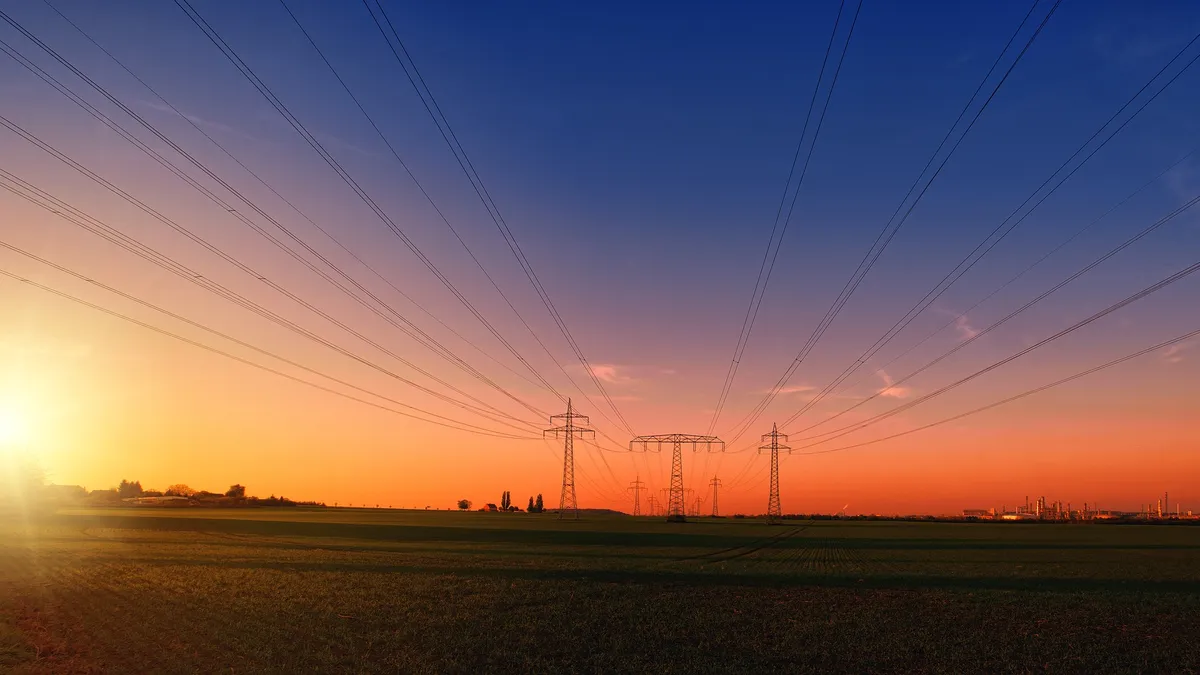Dive Brief:
- The acceleration of electrification is "increasingly viewed as inevitable," the Alliance to Save Energy (ASE) concluded in a new report issued Wednesday, while also warning that energy policies must be designed carefully in order to ensure customers and the grid benefit from increased load.
- Building heating, transportation, industrial activity and the electric grid are responsible for about 70% of emissions, according to Rocky Mountain Institute. ASE's assessment highlights the potential benefits of electrification, while also warning that in some cases specific technologies or implementation strategies "can reduce efficiency, increase emissions, or raise costs for consumers."
- Two major California cities — Oakland and San Jose — banned natural gas in new buildings this week, highlighting the trend toward all-electric construction. Despite the climate benefits and emissions reductions, experts say these policies must be enacted judiciously.
Dive Insight:
Electrification policies need to take into account local and regional differences, Guidehouse partner Ed Barbour said at ASE's Active Efficiency Forum.
"I'm very excited for the potential of beneficial electrification, particularly in the buildings and transportation sector," said Barbour. "If it does happen, we will see significantly increased electric consumption." He added that when developing electrification policies, "it's really going to be dictated by local conditions."
Those conditions include local building stock, grid infrastructure and demand profiles, said Barbour, all of which will vary at local, state and regional levels. While some loads, like electric vehicles and water heaters, can be managed to charge at off-peak hours there could be greater grid stress created by heating loads, he said.
The electric grid in most U.S. regions is designed for summer peaking, "so when we add this additional winter demand it's going to create some issues, and those just have to be accounted for when designing policies," said Barbour.
Policies to encourage electrification could include tax credits for an expanded range of products, and adjusting energy efficiency programs to consider a wider range of benefits, according to Regina Montalbano, technical services manager at consulting firm TRC Companies.
TRC works with customers on fuel switching and load management strategies, but Montalbano said the opportunities extend moving existing infrastructure away from fossil fuels.
"It's not just fuel switching," she said. There is potential in new equipment loads in the residential and commercial and industrial sectors, she said, and the potential to electrify more loads through "comfort optimization."
That optimization is "more about supplementing some existing equipment with electrified equipment," said Montalbano, for example supplementing a furnace with a heat pump that may be dual-fueled and which can act as a grid resource.
Right now, however, some of these projects are not covered by energy efficiency programs "and it does prevent us from getting the levels of traction we perhaps could, and ends up limiting adoption and overall benefit."
"It's very difficult to quantify some of those non-energy benefits," said Montalbano.
Electrification is taking hold in "every region of the country and most of the states," according to David Terry, executive director of the National Association of State Energy Officials. "There are places where electrification, particularly of thermal residential loads, can make sense or is a part of the policy arsenal."
But there are many issues to consider and more analysis and data is needed, Terry said, on "the implications of the electrification choices we make from a cost perspective and equity perspective."
With the right mix of policies and technologies, said Barbour, electrification can bring wide benefits. Those policies include enabling grid interactive buildings, load shedding and shifting and the addition of thermal storage. "And they all have to be able to communicate with the grid networks, he said.
If the system is designed properly, to handle any peak load impacts, he said consumer rates could actually decrease with increased consumption as "we are able to take the same fixed costs and spread it over greater sales."
Correction: A previous version of this story misidentified the Guidehouse partner quoted. His name is Ed Barbour.















